#selling
Chapters and interviews tagged with ‘#selling’
Related Book Chapters & Interviews
 Interview № 24 of 24
Brennan Dunn
Interview № 24 of 24
Brennan Dunn
Brennan is a co-founder of Right Message. In this episode, we talk about the path he’s taken that led him to create Right Message and what he’s learned about building and launching SaaS applications based on his experiences with his various products.
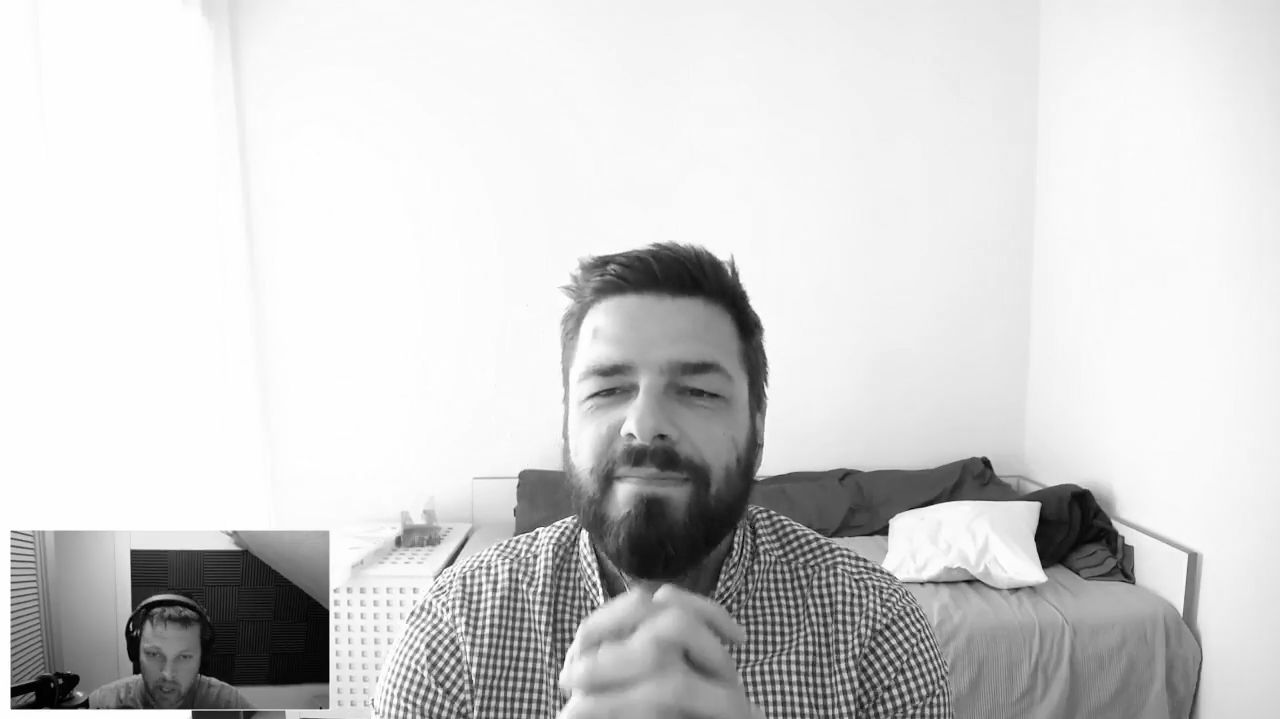 Interview № 23 of 24
Mathias Meyer
Interview № 23 of 24
Mathias Meyer
Mathias is one of the original founders of Travis CI. In this episode, we talk about the difficulty of leaving the company he helped start, and the challenges of moving on.
Should you use a broker to sell your app? Maybe, but not necessarily. Whether you work with a broker or not, it can’t hurt to talk to one. They’ll help you think about your business critically, and if you decide to work with a good one, they could get you a better offer than you might on your own.
Once the idea of selling starts to take hold, it can quickly become tempting to follow through. But there are some serious questions to ask yourself to avoid any regrets.
You may have no plans to ever sell, but sometimes life throws you a curveball. Moreover, even if you never sell, being mindful of these aspects of your business will make life easier for the rest of your time running the business.
Selling a business isn’t easy, and you’ll learn a lot your first time around. Knowing a little bit in advance can really help you prepare and build your business in a way that makes life easier whether you sell or not.
Deals for buying business can be incredibly complex, encompassing holdbacks, escrow, seller financing, non-compete agreements, consulting agreements, and more. Acquire a basic understanding of how these can affect you if you ever sell your business.
Valuing a SaaS business is fairly straightforward, but there are some ways you can work to improve your valuation.
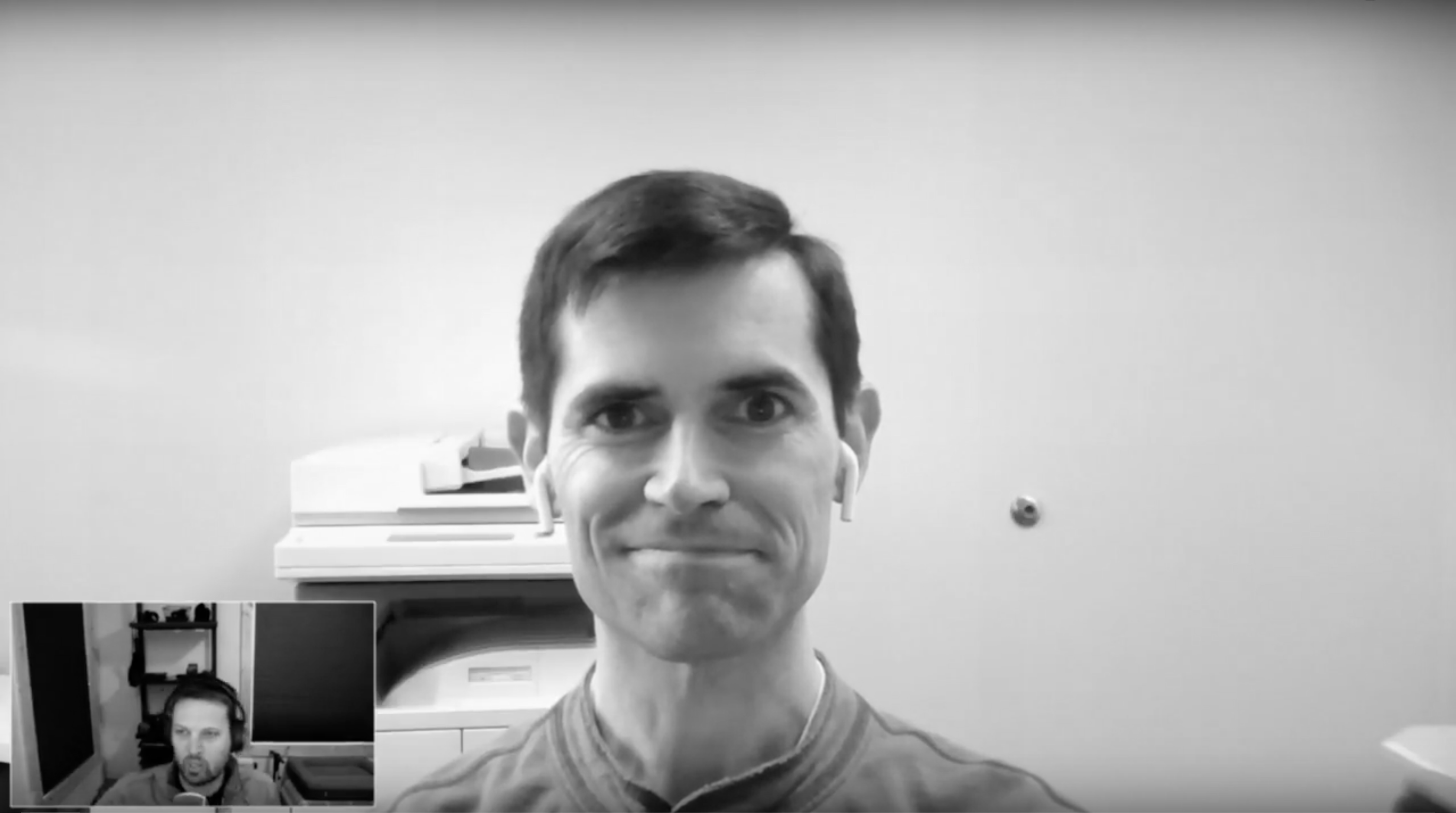 Interview № 20 of 24
Ben Curtis
Interview № 20 of 24
Ben Curtis
Ben and his co-founders started Honeybadger after a bad experience with an existing exception tracking tool. With a focus on customer service, they’ve successfully bootstrapped it into a healthy and sustainable full-time endeavor.
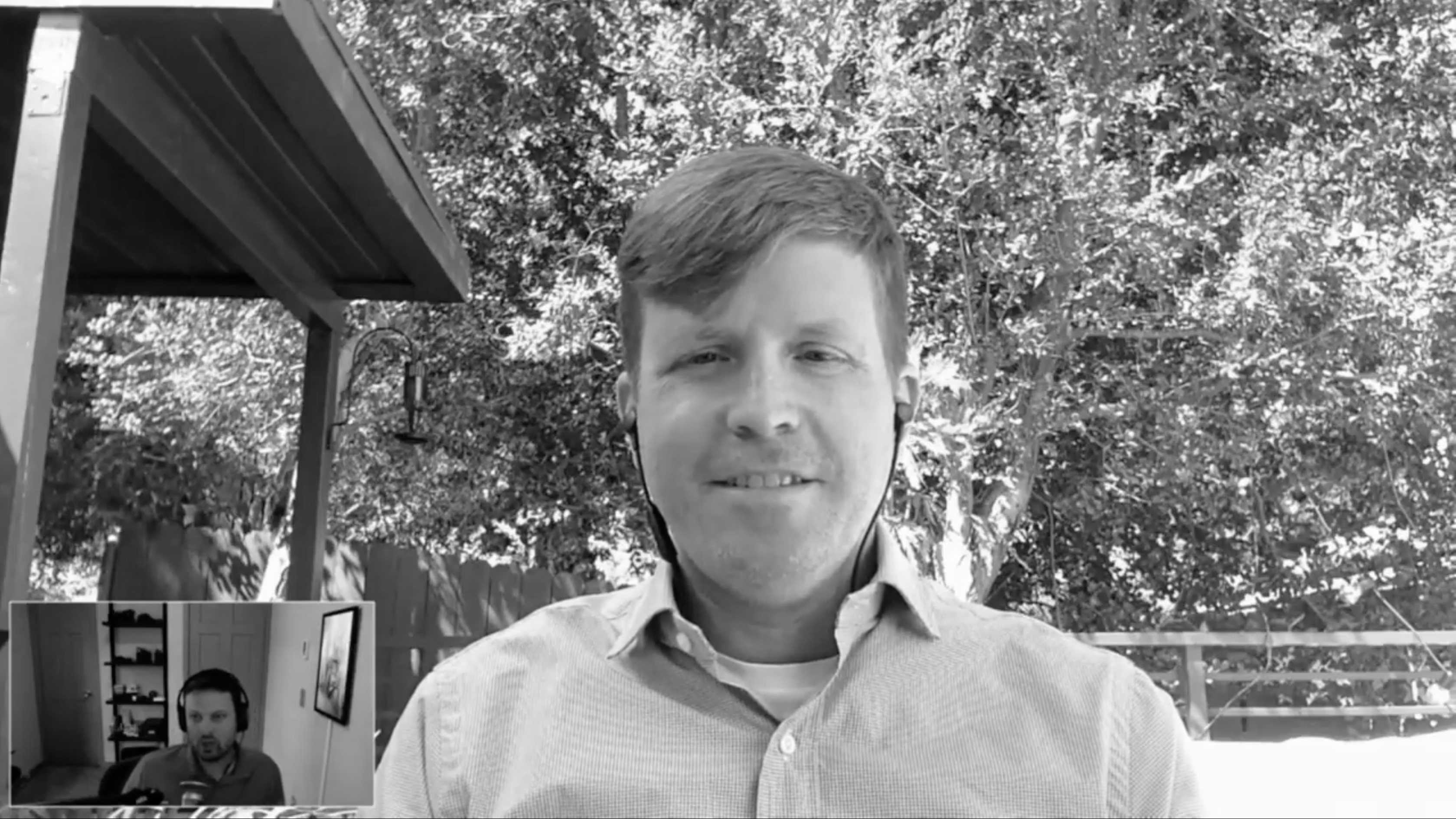 Interview № 19 of 24
Scott Nixon
Interview № 19 of 24
Scott Nixon
Scott Nixon is the co-founder of Meal Mentor, a subscription-based vegeterian meal planning service. Scott handles the technology side of the business and works to keep the operational side of things humming with software.
 Interview № 18 of 24
Matt Goldman
Interview № 18 of 24
Matt Goldman
Matt and I talk about running a SaaS business after acquiring it, the mistakes they made early after taking over Churn Buster, and the common ways that SaaS businesses get dunning wrong and how they can do better. We also talk about the value of iteratively improving automation for tasks and how important it is to clearly document and explain manual process.
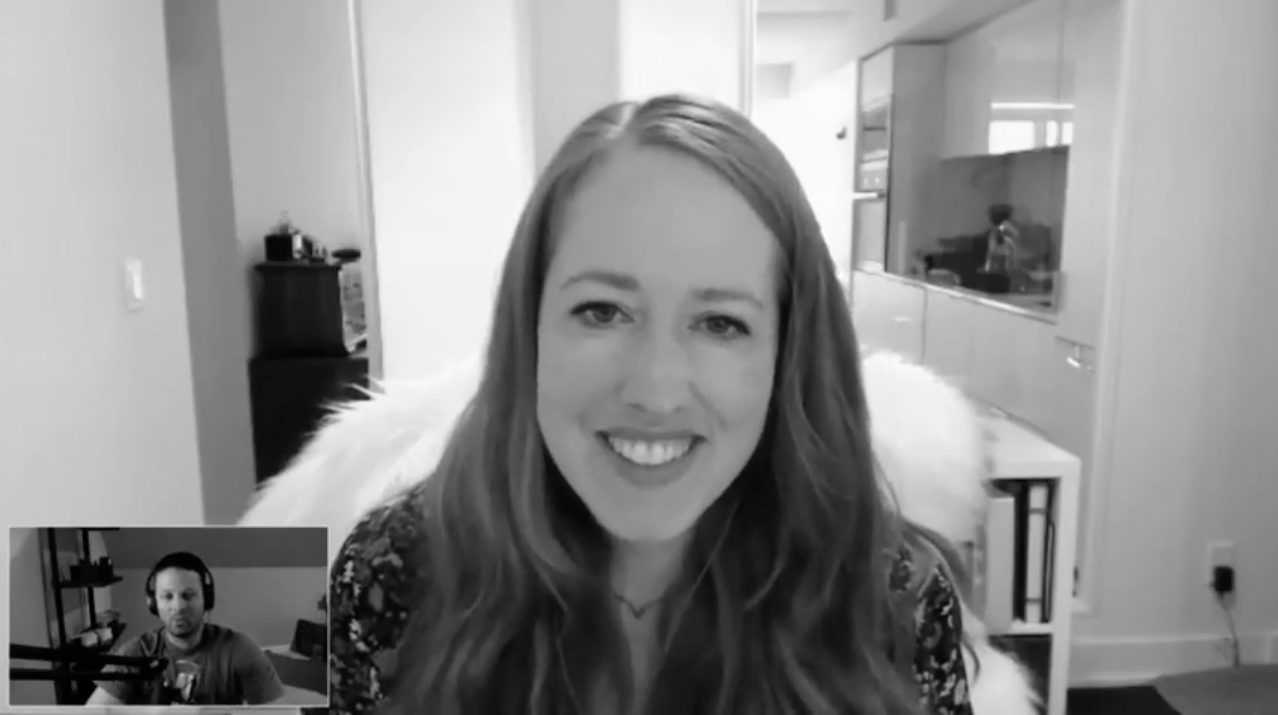 Interview № 16 of 24
Tracy Osborn
Interview № 16 of 24
Tracy Osborn
Tracy and I talk about her experience building and running Wedding Lovely, raising some funding for it, losing a co-founder, and even going through a heart-breaking acquisition process with Etsy. Through it all, she’s kept going and even published books to help others build their own web applications. She’s a brilliant example of someone that simply won’t give up, and while there’s no IPO looming, she’s making a great living doing what she loves with a small team.
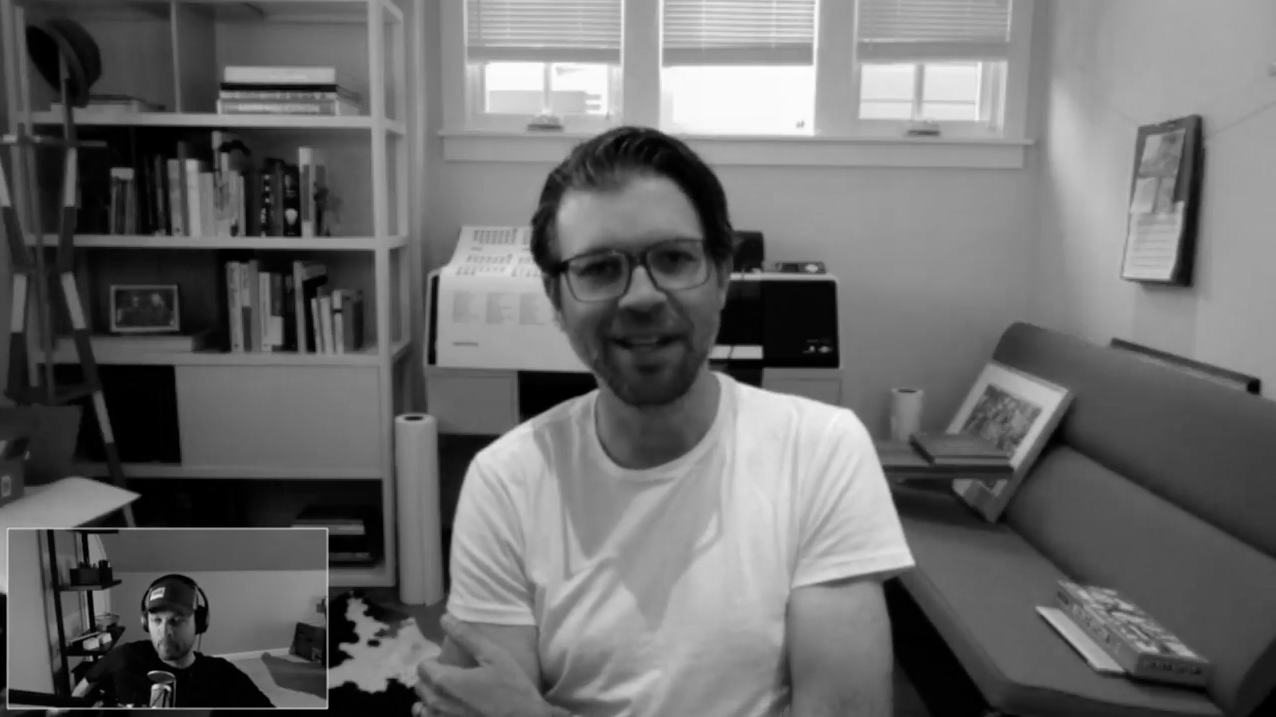 Interview № 15 of 24
Josh Williams
Interview № 15 of 24
Josh Williams
Josh and I discuss what it’s like going from a bootstrapped small team to a team of 30 in a funded startup. We touch on what it’s like going from being a lifelong business owner to being an employee of a large corporation experiencing huge growth. And we talk about some of the differences between building a small profitable business and hitching your wagon to venture capital. Simply put, Josh brings some great perspective and deep insight to building and running software businesses.
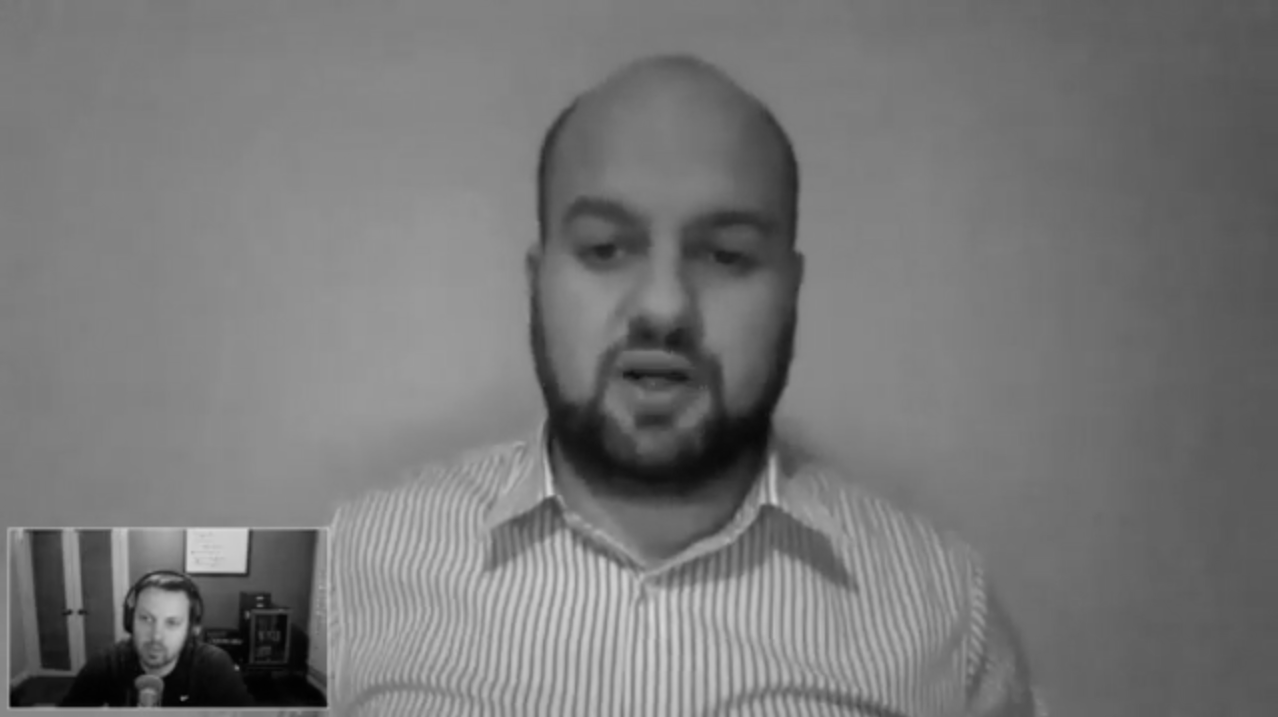 Interview № 14 of 24
Thomas Smale
Interview № 14 of 24
Thomas Smale
Recently I sat down this Thomas Smale of FE International. Thomas and FE International helped me sell Sifter and made the whole process seem easy. After selling so many online businesses, FE International has the process down to a science, and they’ve been able to pick up on quite a few trends. So Thomas takes some time to share what they’ve seen and what matters when it comes to buying or selling an online business.
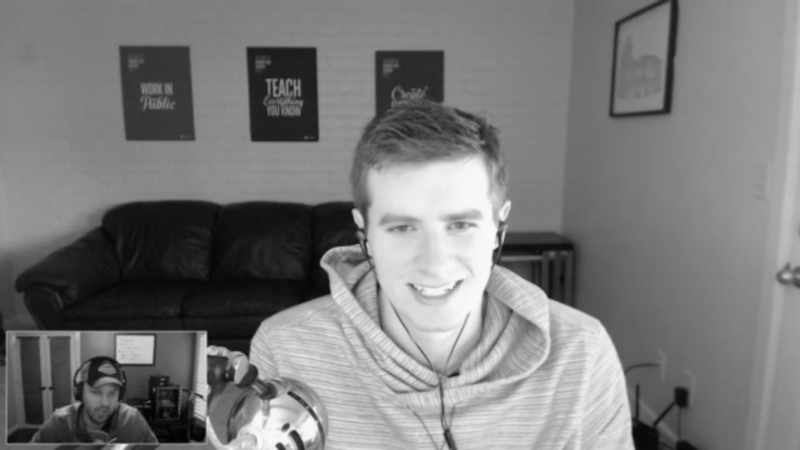 Interview № 13 of 24
Nathan Barry
Interview № 13 of 24
Nathan Barry
Nathan and I talk about the early days of ConvertKit, reaching a point where he had to make a decision to invest more significantly in it or walk away. He invested a significant portion of his income from other projects and really doubled down to make it work long before it was obvious things were going to take off. He talks about his sales process and how it simultaneously helped him better understand the needs of potential customers as well as build a relationship and find his first customers.
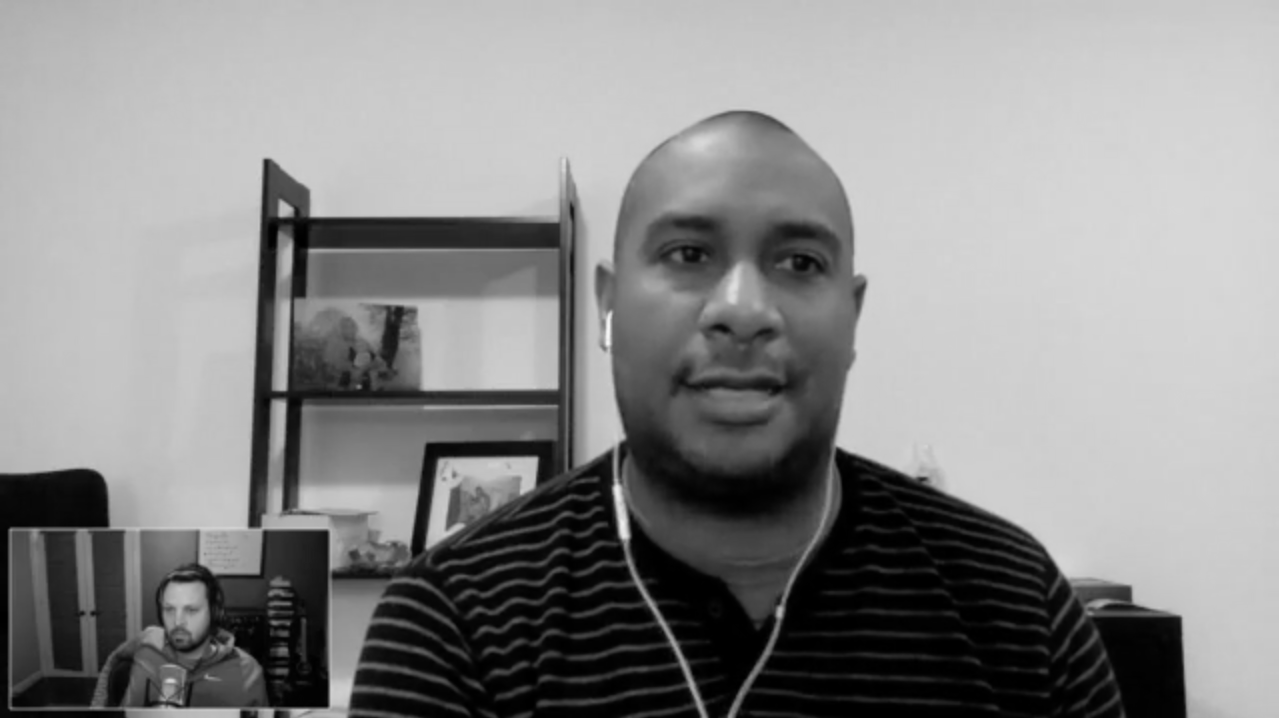 Interview № 11 of 24
Ruben Gamez
Interview № 11 of 24
Ruben Gamez
Ruben’s story with Bidsketch is a great example of how a simple small business can grow into something healthy sustainable on a reasonable timeline. He started out simply with very little in the way of expectations, and bootstrapped the business to profitability it on the side of a full-time job and now manages a remote team of four additional people. We talk about the challenges of growing and managing a remote team as an introvert, the process of recovering after he accidentally deleted all of the customer billing data, and much more.
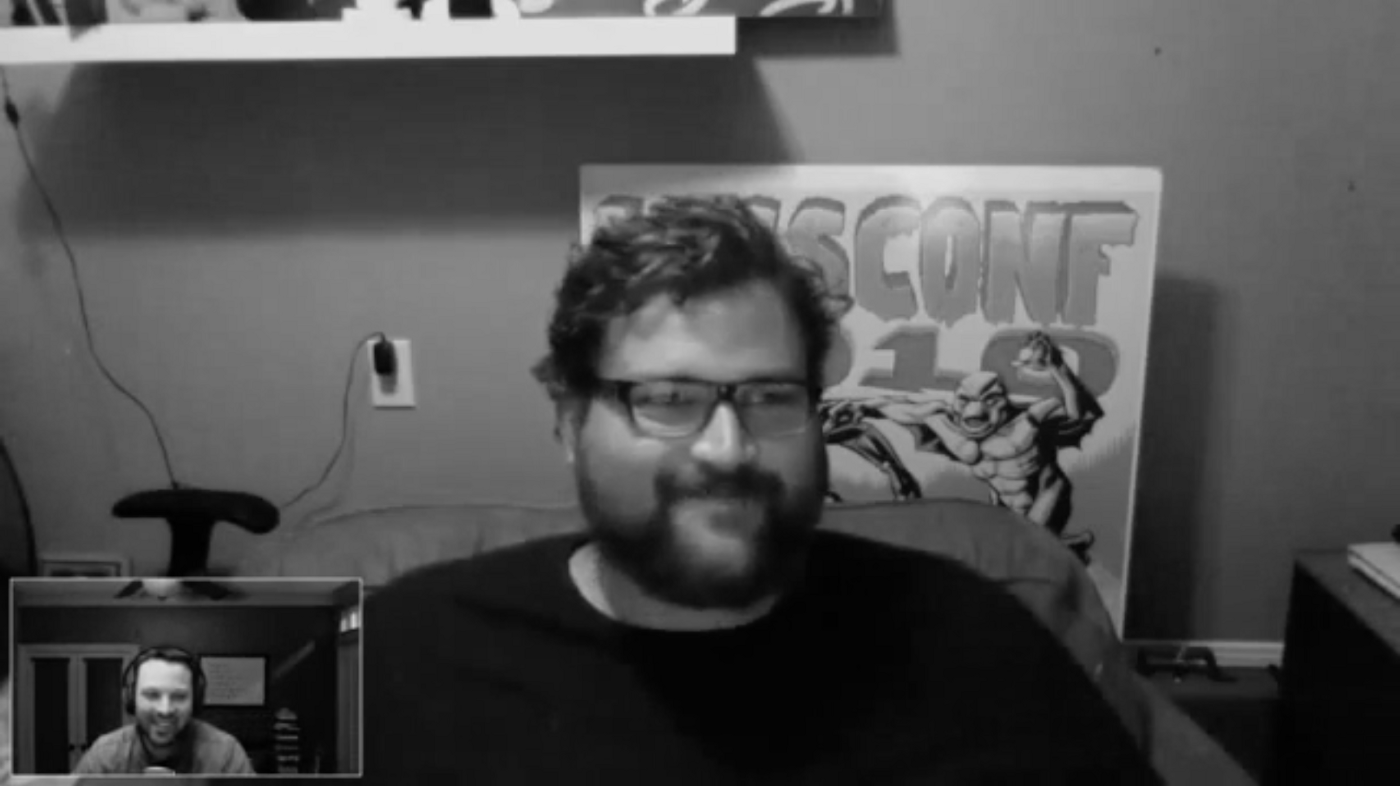 Interview № 10 of 24
Allan Branch
Interview № 10 of 24
Allan Branch
During a time when seemingly everyone is trying to build a product and move away from consulting, Allan is doing just the opposite and moving from SaaS and recurring revenue back to good old-fashioned consulting. We talk a little about the process of selling LessAccounting, the ups downs of trying to grow a SaaS application, and some ways to take a step back and make sure that you’re working on things you’re passionate about.
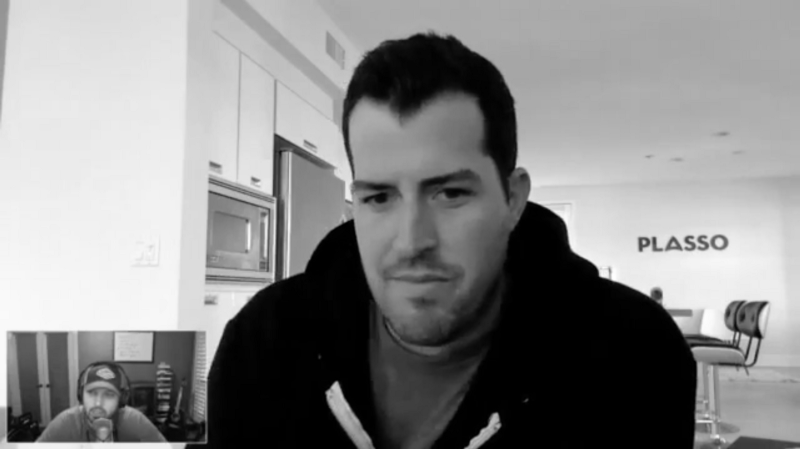 Interview № 9 of 24
Drew Wilson
Interview № 9 of 24
Drew Wilson
Drew and I discussed his various projects that led him to create Plasso as well as how successful businesses developed out of years of experimentation and cross-pollination. We also talked about some of the differences with bootstrapping versus raising an angel round through Drew’s experience on both sides.
 Interview № 8 of 24
Josh Pigford
Interview № 8 of 24
Josh Pigford
Josh and I discussed bootstrapping, accepting outside money, the drawbacks of hiring too fast and having to ask his team to take a pay cut. We also talk about how metrics simply aren’t important in the early days and how nothing beats spending time to talking to your customers in person.
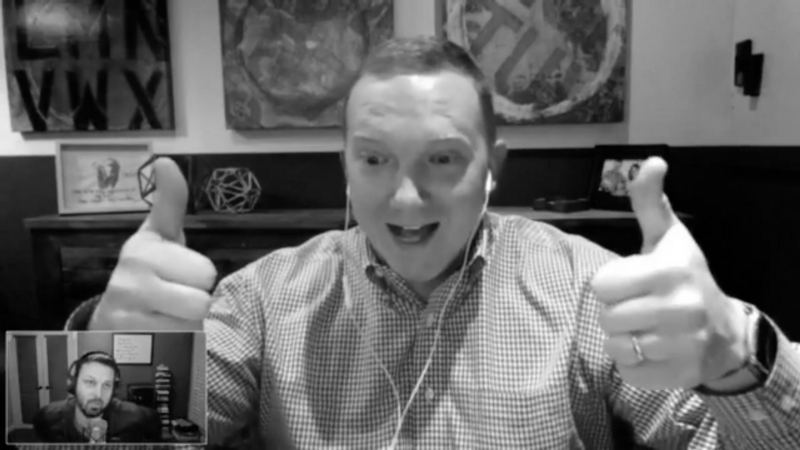 Interview № 6 of 24
JD Graffam
Interview № 6 of 24
JD Graffam
JD and I talk about buying and selling SaaS applications and share some details from the process of selling and transferring Sifter. JD shares what it’s like juggling multiple businesses and how he makes it work, and he dives into the attributes and insights he uses to decide whether a SaaS application is a good opportunity or not and how he does business a bit differently. This is an episode that’s near and dear because I feel like it shares some of the less-often seen aspects of transactions like selling businesses. I really hope you enjoy it.
 Be Fully-prepared to Launch Your Own SaaS Application
Be Fully-prepared to Launch Your Own SaaS Application
Get a free playbook, worksheet, and short email course to help you navigate the journey so you can be ready to build your own SaaS application.